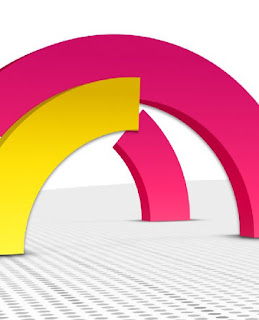- In general, TRP facilitates the sale more often with units of merchandise and services the purchaser will consume over a period of time rather than all at once. This is true even in cases where the supply will be replenished promptly with another purchase of the item so that consumption does occur over a period of time.
- TRP loses effectiveness when the per-day quote is itself high. In one study, the break point was $4 a day, but that study was done in 2003, so the figure might very well be somewhat higher now.
- Charities will often combine TRP with a comparison point, such as saying, “That’s probably less than you spend each day on lunch.” This addition does increase donation frequency. However, it doesn’t help in retail selling contexts.
- Give the TRP quote only after describing the product benefits and clearly stating the actual total price. If you fail to do this, many shoppers will believe you’re hiding information from them and they’ll feel distrustful. A variation of TRP is stating the price in units of benefits. A tire retailer could state prices in terms of how much it costs per 1,000 miles. This can work well by keeping the focus on advantages instead of expenditures.
- If you post unit pricing (“$1.68 per liter”), as you might be required by law to do, the additional use of TRP can confuse shoppers, and confusion makes bailing on the sale more likely. Here it’s best to reserve the unit pricing for shelf labels and reserve TRP for the face-to-face selling.
For your profitability: Sell Well: What Really Moves Your Shoppers
Click below for more:
Move Shoppers Beyond Fixating on Price
Give Customers Long-Range Perspectives
Offer the Escape of an ESC

No comments:
Post a Comment